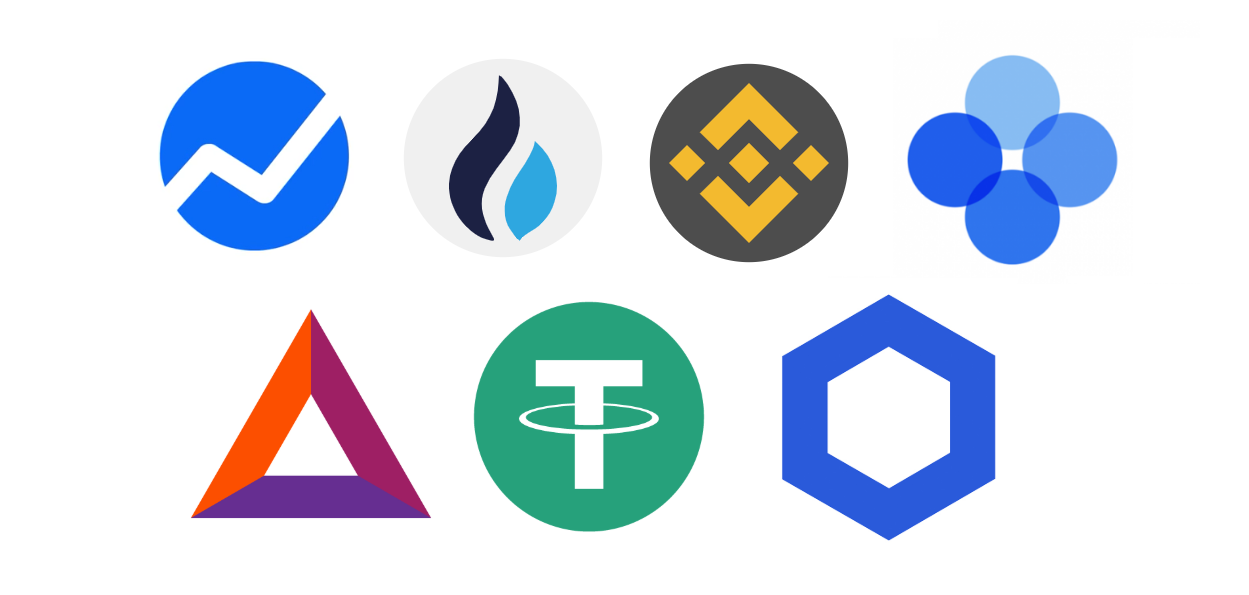As blockchain technology continues to revolutionize industries from finance to healthcare, a key component driving decentralized innovation is the utility token. These tokens play a critical role in enabling access, incentivization, and functionality within blockchain-based platforms. But what exactly are utility tokens, how do they differ from other digital assets, and why are they essential to the blockchain ecosystem?
What Are Utility Tokens?
Utility tokens are a type of cryptocurrency that serve a specific use case within a blockchain project. Unlike security tokens, which represent ownership in an asset or company and are subject to financial regulation, utility tokens grant holders access to a product or service on a particular platform.
Think of them as the digital equivalent of a prepaid card: you’re not investing in the company behind the card, but rather pre-purchasing services you intend to use.
Key Features of Utility Tokens
- Access to Services
Utility tokens often function as keys to unlock a product or service. For example, a decentralized storage platform might require users to pay with its native token to store data. - Incentive Mechanism
Many blockchain networks use utility tokens to reward users for contributing resources or validating transactions, a practice known as tokenomics. - Governance Rights
Some utility tokens also grant holders voting power in protocol decisions, enabling decentralized governance. - Non-Investment Purpose
While utility tokens can appreciate in value, their primary purpose is not for investment but for participation in a network.
Examples of Utility Tokens
- Ethereum (ETH): Though often considered a general-purpose cryptocurrency, ETH is a utility token for the Ethereum network, used to pay gas fees for executing smart contracts.
- Basic Attention Token (BAT): Used in the Brave browser ecosystem, BAT rewards users for viewing ads and pays content creators.
- Chainlink (LINK): Serves as a utility token in the Chainlink network, paying for data and services from decentralized oracles.
How Utility Tokens Work
Utility tokens are usually created through smart contracts on blockchain platforms like Ethereum, Binance Smart Chain, or Solana. These tokens conform to standards like ERC-20 or BEP-20, ensuring interoperability across decentralized applications (dApps).
For example, when a user interacts with a dApp—say, by making a trade on a decentralized exchange—they might need to use utility tokens to pay fees, access premium features, or earn rewards.
Regulatory Landscape
The regulatory status of utility tokens is still evolving. In jurisdictions like the U.S., the Securities and Exchange Commission (SEC) may scrutinize utility tokens under the Howey Test to determine whether they constitute securities. Projects must be cautious to ensure their tokens are used strictly for utility purposes to avoid legal complications.
Risks and Considerations
- Volatility: Like all cryptocurrencies, utility tokens can be volatile, which may affect their usability.
- Utility vs. Speculation: When users buy tokens hoping for price increases rather than using them for their intended purpose, it can lead to instability.
- Regulatory Uncertainty: Projects may face legal hurdles if regulators classify their utility tokens as unregistered securities.
Conclusion
Utility tokens are a foundational element of the decentralized economy. They provide access to services, incentivize participation, and enable innovative forms of governance and interaction. As blockchain technology continues to mature, the design and implementation of utility tokens will remain central to the growth and sustainability of decentralized applications.
Understanding how these tokens work—and the challenges they face—is essential for anyone looking to participate in or build within the blockchain space.


Leave a Reply